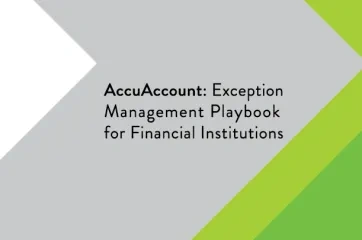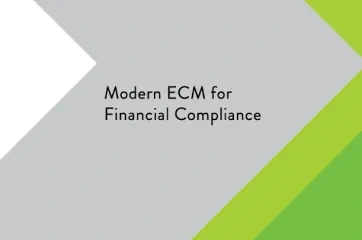Loan portfolio metrics are data points used to determine the distribution of a financial institution’s loan types and the degree of risk associated with each loan. Generally under the purview of senior management and directors, these measures can provide a means of evaluating the robustness of a bank or credit union’s loans and how well they will withstand downturns in one or more segments of the economy.
Loan Portfolio Metrics for Risk Management
Risk can mean many things. It could mean How likely is the bank or credit union to get a loan paid back in full? Among others, it could also question How volatile is a borrower’s industry? Loan portfolio metrics help identify the distribution of borrowers’ risk factors to minimize a financial institution’s rate of losses.
Here are a few questions that banks and credit unions may use loan portfolio metrics to answer:
- Does the institution have too many loans concentrated in one sector? If a bank or credit union loans heavily to organizations in one industry, what happens if that sector suddenly weakens? Can the institution withstand those defaults? (This is a “most of the eggs in one basket” scenario.)
- What is the allocation of credit profiles of borrowers? The proportion of borrowers with excellent, good, and marginal credit scores should be carefully examined.
- What percentage of a financial institution’s loans would be considered “speculative?” During a boom economy, a bank or credit union might lend a large sum of money to a developer, whose success is based on projected lot sales. If there is an economic downturn, such as in 2008, it might be difficult for not only the developer to sell the land, but also for the financial institution to do so and recoup losses. Again, would the bank be able to weather the storm?
- Is the bank or credit union compliant with regulatory requirements? The U.S. government imposes limits on the various types of loans our country’s financial institutions grant to help America maintain a healthy banking system. Financial institutions must have a strong and steady handle on their loan portfolio metrics to ensure they are meeting those requirements.
In short, banks and credit unions rely heavily on loan portfolio metrics to achieve the right balance of diversification. When a financial institution’s loan portfolio is varied in the correct ways, it becomes stronger. Loan portfolio metrics provide a way of evaluating if there is the desired balance in loans via a series of defined characteristics.
Loan Portfolio Metrics & Recordkeeping
Loan portfolio metrics do not appear out of thin air. Rather, they are the result of meticulous recordkeeping, effective document management, and data-driven reporting. Systems that help banks and credit unions track account holder relationships and efficiently index related information expedite a financial institution’s ability to identify loans on the verge of default, estimate these anticipated losses, and reduce risk.
Remember, loan portfolio metrics are only as good as the data used to formulate them, and data is only useful when it is accurate, organized, and accessible.
Additional Resources
For more information about loan management and reporting, see our detailed resource library, which includes free document tracking spreadsheets, whitepapers, and eBooks.
Searching for more banking definitions? Check out our banking definitions page.







